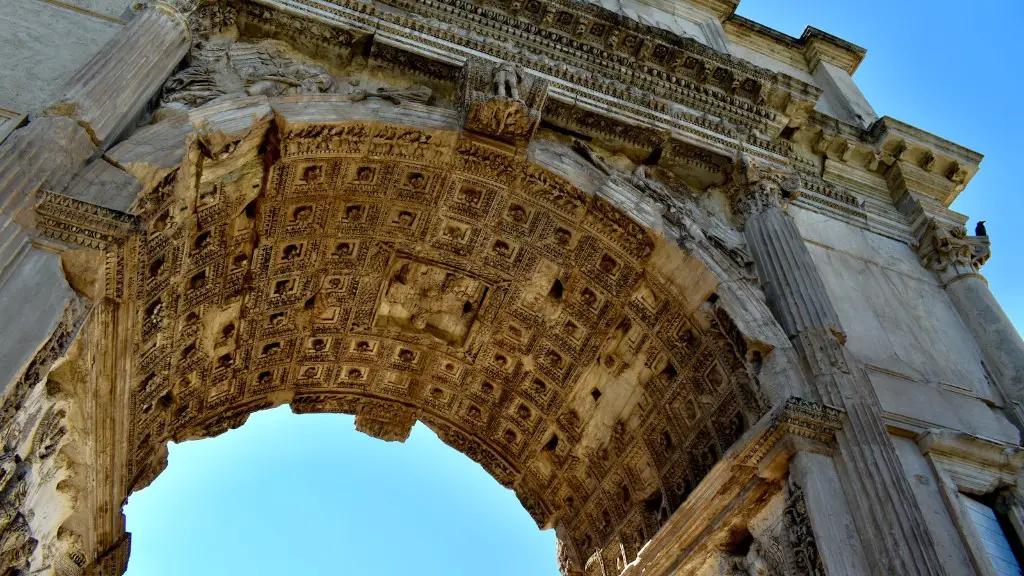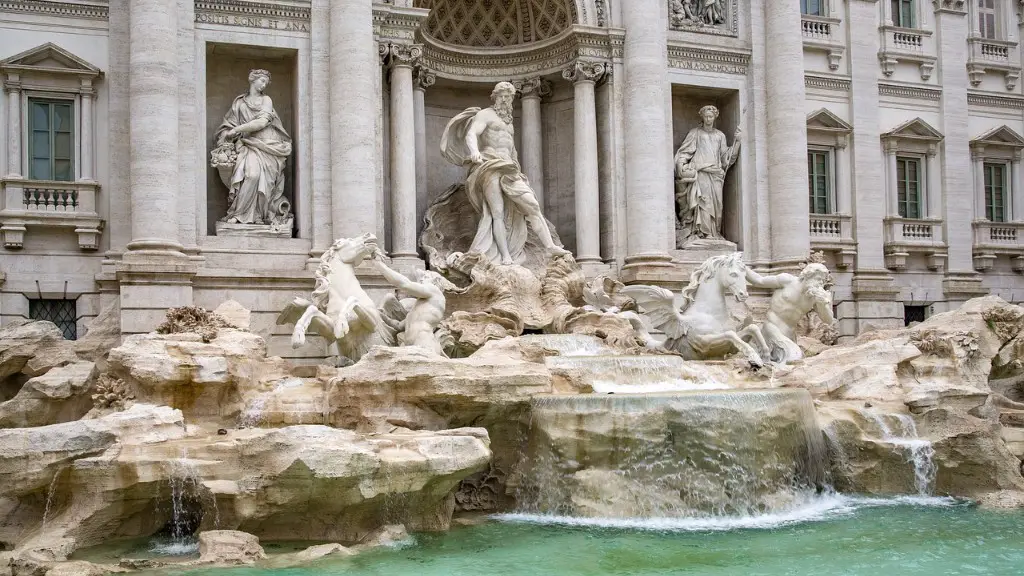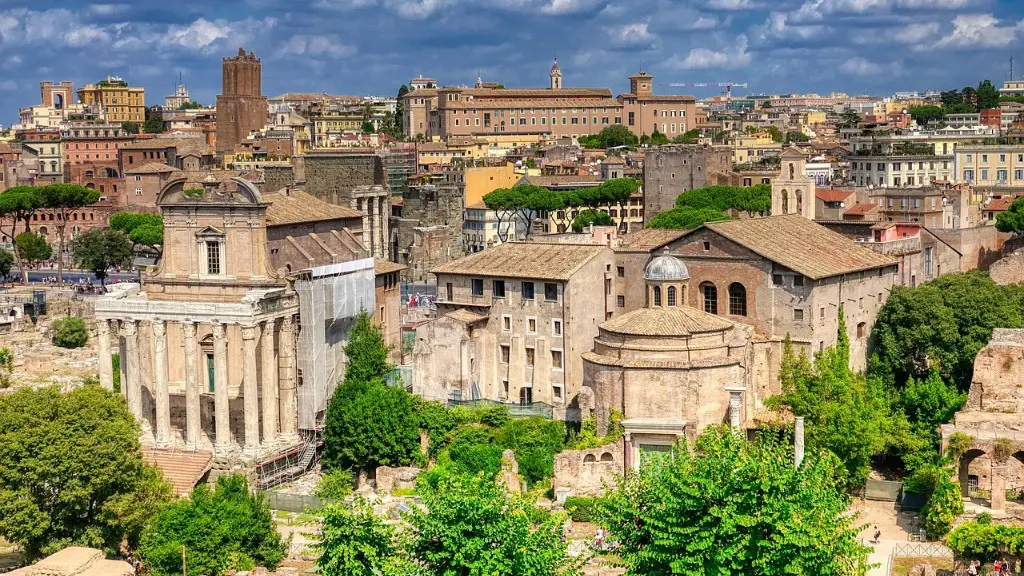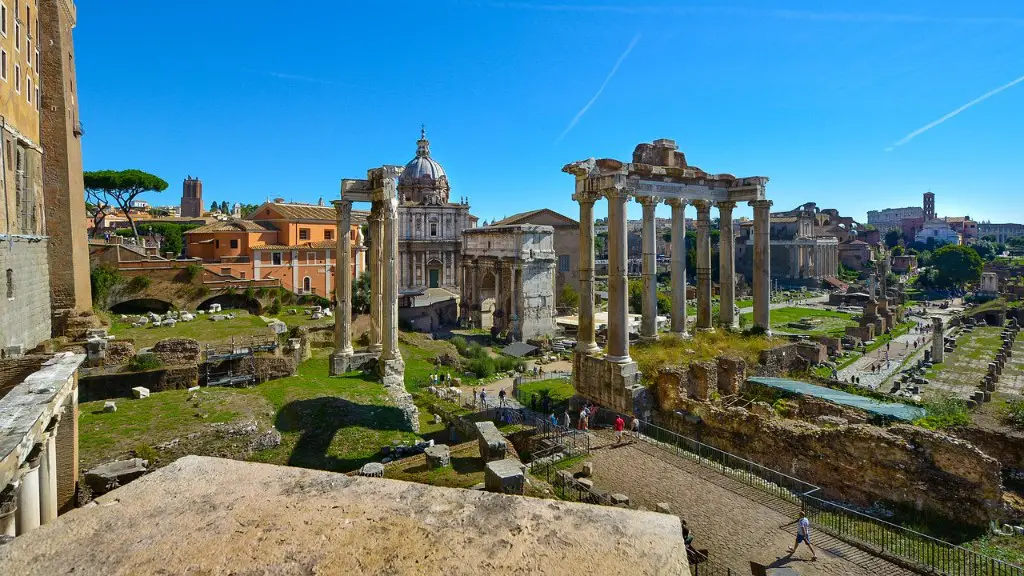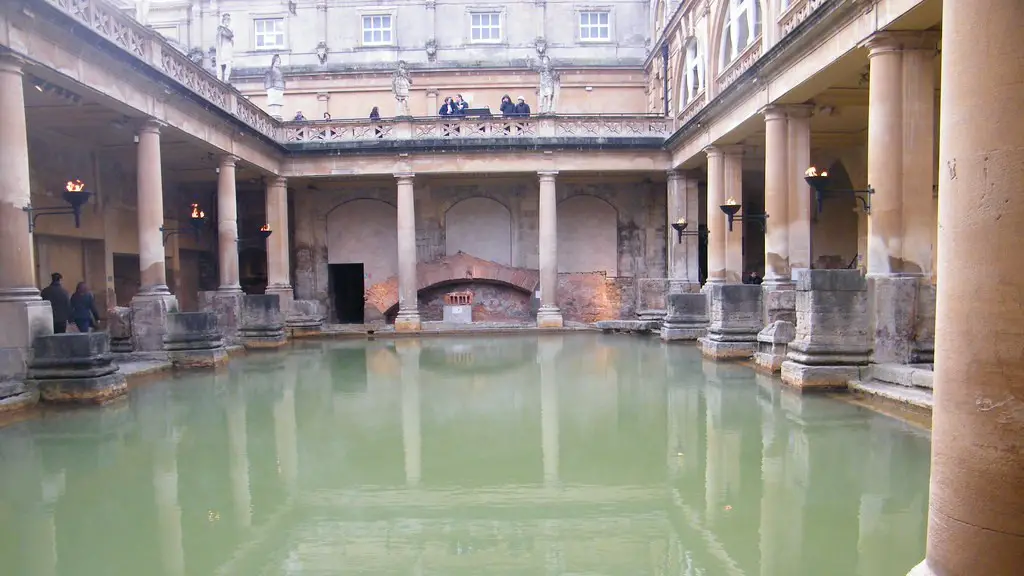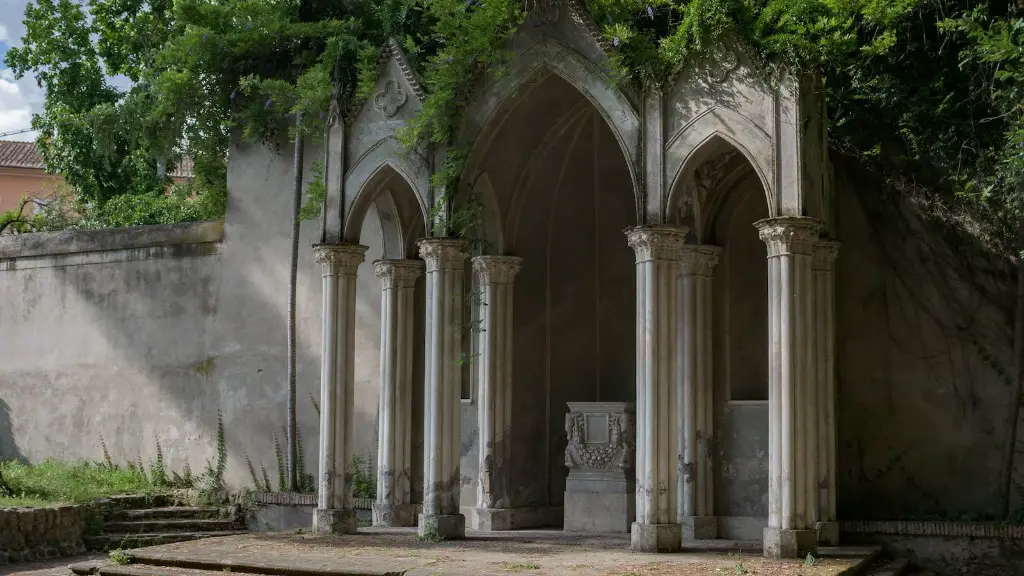Ancient Rome was a powerful and vibrant city that was home to millions of people throughout its centuries of rule. It is estimated that the population of Rome reached its peak during the first and second centuries CE, with a population of around one million people. This was an incredible feat for a city at the time, as it was more populous than any other city in Europe at the time. It is believed that the total population of Rome was made up of citizens, slaves, and foreigners.
The population of Rome was incredibly diverse, with people from all over the Mediterranean and Europe coming to Rome to live and work. There were also many different cultures and religions present in the city, including Greek, Jewish, and Latin. This diversity is one of the reasons why Rome was so successful and influential. It was able to absorb and incorporate different ideas and cultures from its many inhabitants, which allowed it to develop and progress.
The population of Rome was also incredibly concentrated in its urban areas. Because of the city’s vast size and grandeur, most people chose to live in the urban areas rather than in the rural areas. This caused congestion and overcrowding in the city, leading to overcrowded living conditions and inadequate housing. The city was so populous that all of its resources were strained, including transportation, food, and water.
Although the population of Rome declined after the second century CE, it remained substantial and was still considered to be one of the most populous cities in the world until the beginning of the Middle Ages. The population of Rome eventually became much smaller, however, due to a number of different factors such as plagues, invasions, and wars. Eventually, the city of Rome was largely abandoned and its population dwindled.
Today, the population of Rome is much smaller than it was during its peak centuries ago, but it is still a vibrant and active city. Rome still remains an important cultural and historical center and is a very popular tourist destination. The population of the city is estimated to be around 2.8 million, making it one of the most populated cities in Italy.
Social Conditions in Ancient Rome
The social conditions in Ancient Rome were very different than what we observe today. In ancient Rome, society was divided into three classes — the Patricians, the Plebeians, and the Slaves. The Patricians were the wealthy landowners, while the Plebeians were the working class citizens. The Plebeians were further divided into artisans, small farmers, and merchants.
The Patricians and Plebeians had clearly defined rights and obligations, as well as economic advantage and disadvantages. The Plebeians had no right to vote, while the Patricians did. This structure was very hierarchical and authoritarian, with only the Patricians having power and influence over the fate of the city.
The Slaves of Ancient Rome were at the very bottom of the social hierarchy. They had no legal rights and were regarded as property of their masters. Slaves were taken from conquered territories and were often treated very poorly. They worked in households, farms, and businesses and were essential for the Roman economy.
Despite the differences in social standing, Ancient Rome was very diverse. There were people of all backgrounds, cultures, and religions living in the city. This diversity was embraced and encouraged, as it allowed Rome to be one of the most influential cities in the world.
Economy of Ancient Rome
The economy of Ancient Rome was primarily agrarian and based around trade. Each year, the Roman Empire would earn taxes from its conquered territories, and also from the trade of goods and commodities. This income would then help support the city’s population and fund its various public works and buildings.
The Roman economy was also dependent upon slave labor. Slaves provided cheap and plentiful labor, which enabled many Patrician business owners to expand their businesses and increase their profits. This was how many wealthy Roman families were able to amass significant wealth and expand their power and influence.
The citizens of Rome were also not far removed from the economy. The citizens, or Plebeians, were able to own small businesses and farms. This enabled citizens to provide goods and services to the wealthier classes and to buy goods themselves. This gave them some economic mobility, although it was far from equal.
Overall, the economy of Ancient Rome was complex, with various factors and influences at play. The wealthy Patricians had a great deal of power and influence over the economy, and the citizens had limited access to resources and income. This made life difficult for many people and contributed to the decline of the city in later centuries.
Political System of Ancient Rome
The political system of Ancient Rome was very different from what we observe in modern governments. In Ancient Rome, the government was divided into two groups — the Senate and the Assembly. The Senate was made up of Patricians and was charged with making laws and approving or vetoing bills, while the Assembly was made up of Plebeians and was responsible for making election decisions and providing advice to the Senate.
The head of the government was the Roman Emperor, who was responsible for making executive decisions and managing the government. The Emperor had the power to appoint new senators and to ratify laws passed by the Senate. He also had absolute authority and could make decisions without consulting the Senate or the Assembly.
The Senate and the Assembly both had their strengths and weaknesses. The Senate was largely controlled by the Patricians, which meant that the Plebeians had limited access to resources and power. However, this system gave Rome strong leadership, enabling it to remain powerful and influential for centuries.
Religion in Ancient Rome
Religion was an important part of Ancient Roman life. The official state religion was polytheistic, and the most popular gods were Jupiter, Juno, and Minerva. People from all walks of life were expected to show reverence to these gods and to follow their teachings.
There were also many other religious cults in the city, including the cults of Dionysus, Isis, and Bacchus. These cults were not officially recognized by the government, but they were tolerated as long as they did not interfere with the official religion.
The Romans also believed in a variety of superstitions, such as the belief that making sacrifices to the gods would bring luck and good fortune. People would regularly make sacrifices to their gods and believed that the gods would reward them in return.
Religious events were also very common in Ancient Rome. Processions and rituals were held to honor the gods, and people would go on pilgrimages to the temples of their gods. Other popular festivities included the Bacchanalia and Saturnalia, which were held to celebrate the gods and to honor their powers.
Military of Ancient Rome
The military of Ancient Rome played an important role in the success and expansion of the city. Rome was a powerful and influential Empire, and it relied upon its military might to protect its borders and to conquer new territories.
The Roman military was made up of legions of soldiers, led by commanders who were appointed by the government. The most elite legionaries were the Praetorian Guard, a highly trained and well-equipped unit who acted as the personal bodyguards of the Emperor.
The Roman military was renowned for its discipline and battlefield tactics. It was also known for its use of advanced siege technology, such as catapults, ballistae, and battering rams, which enabled it to break through enemy fortifications. It also relied heavily on the use of naval ships and cavalry.
The military was also an important source of income and prestige for Rome. Through conquest, it was able to gain vast amounts of wealth, which could then be used to strengthen the army. The army was also seen as a source of honor and glory for the Roman people, and even ordinary citizens could be rewarded for their bravery and military service.
Decline of Ancient Rome
The decline of Ancient Rome was a gradual process that occurred over centuries. Rome was a powerful city for many centuries, but eventually it started to lose its power and influence due to a number of different factors. Some of these factors included invasions, plagues, famine, rebellions, and overexpansion.
The invasions of Rome were particularly devastating. Rome was constantly under attack from various enemies, such as the Visigoths, the Huns, and the Vandals. These invasions caused widespread destruction, as well as widespread famine and economic instability.
The overexpansion of the Roman Empire was also a major factor in the decline of Ancient Rome. Rome was constantly expanding, attempting to conquer and assimilate foreign lands, which led to increased military expenditure and economic turmoil. This, combined with the political and social unrest caused by the invasions, eventually led to the decline of Rome.
The decline of Rome was a long and complex process, and is something that is still studied today. Rome’s decline has been attributed to a number of factors, and its legacy still remains today. Rome continues to be a powerful influence in our world, and its impact is far-reaching and undeniable.
